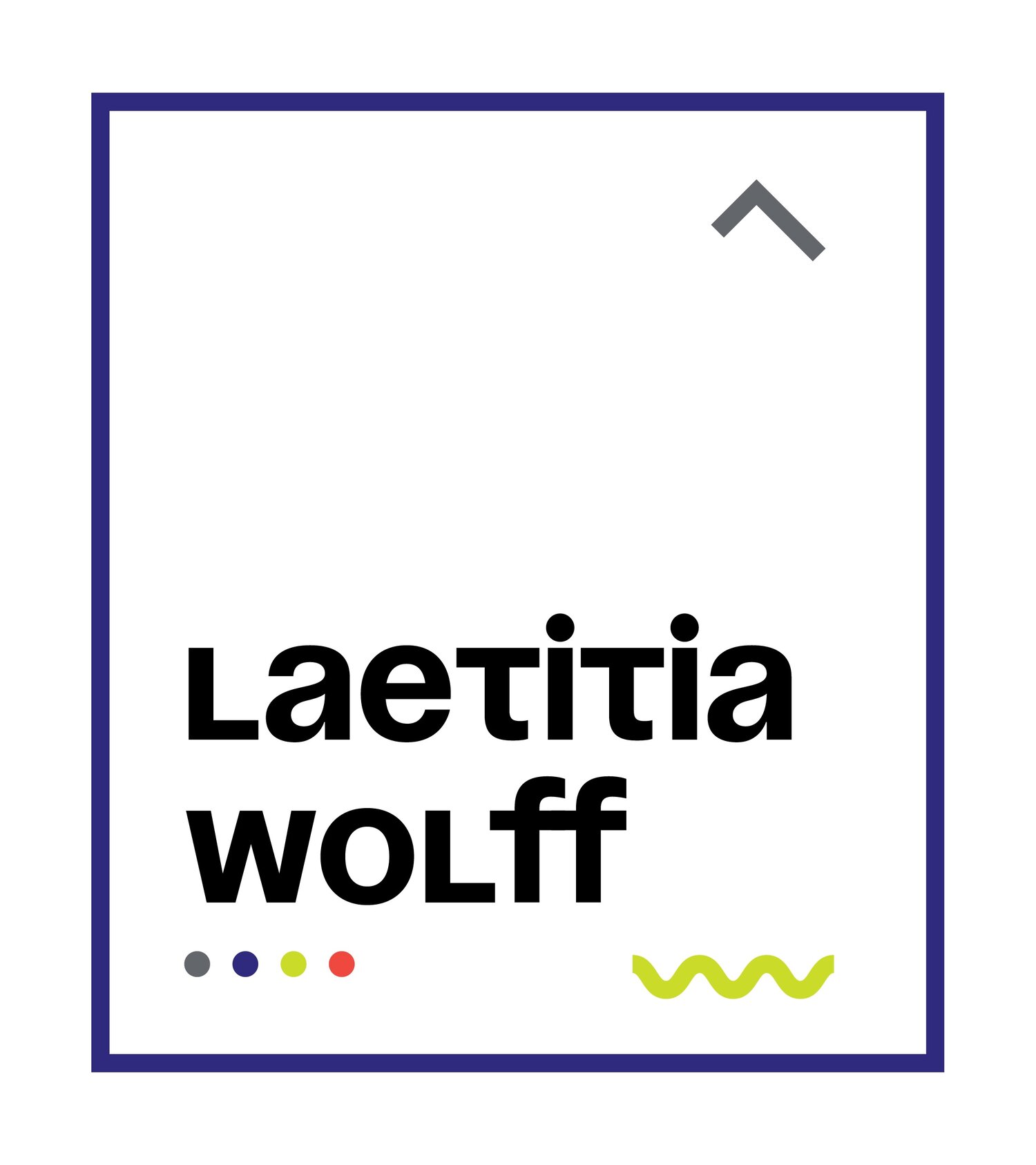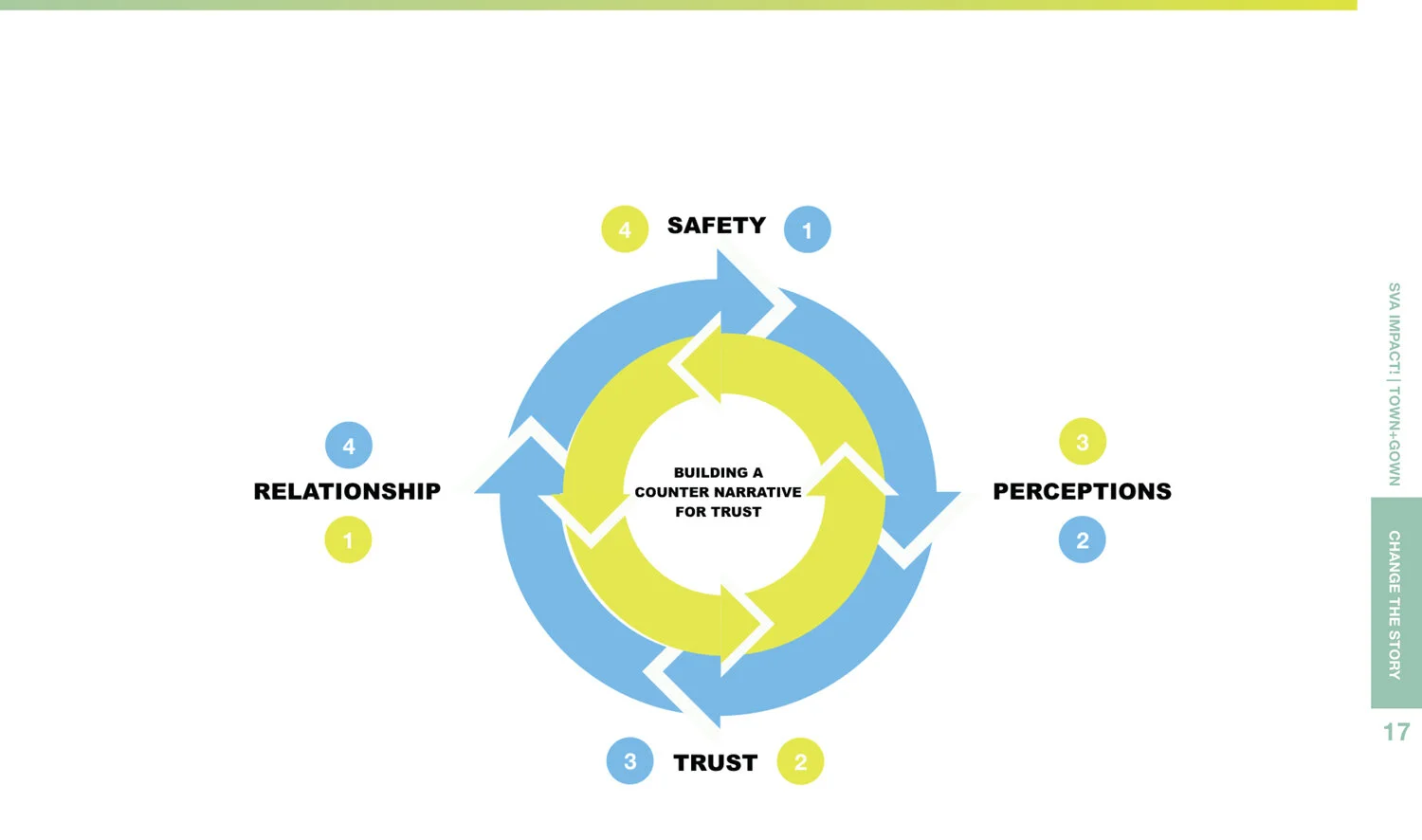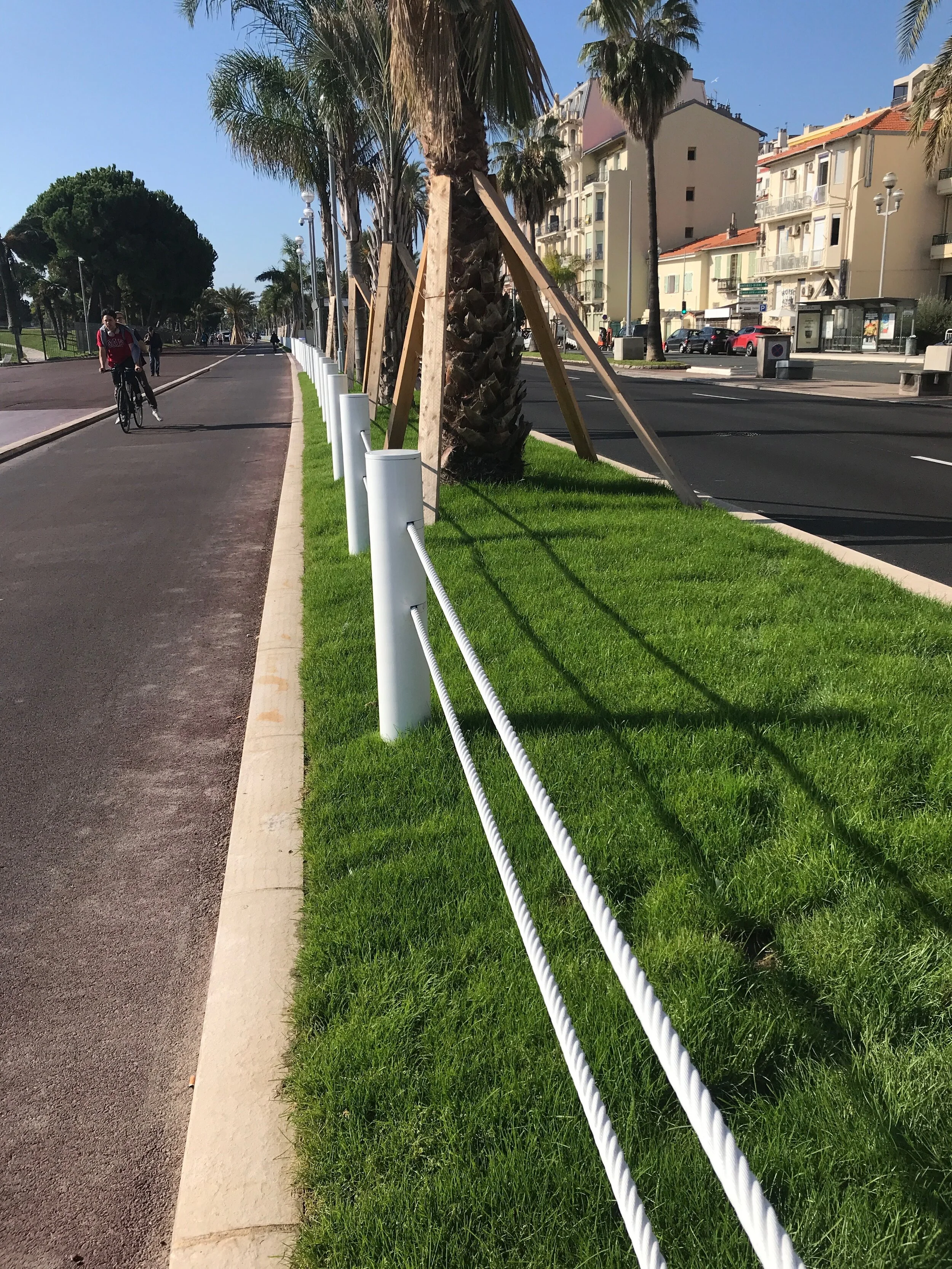Action-research projects, experiential learning, participatory programs and partnership-based initiatives: that’s what I’ve been doind and teaching for the past 10 years.
The basic principles of participatory action research: pilot, pilot, pilot! Build trust, and share information all along the process. Always start designing with people and for people.
Impact! Design for Social Change, in collaboration with New York City’s Small Business Services
For more than six years in a row, I led the School of Visual Arts students to collaborate with NYC SBS (Small Business Services), whose mission is to empower local shop owners with new skills, such as design and territorial marketing, and foster merchants alliances in order to create more resilient neighborhoods.
NYPD Brownsville, in collaboration with Town&Gown.
For the School of Visual Arts’ Impact! summer program, I built this partnership project with Town & Gown, an experiential research platform of the City of New York. Change the Story Brownsville is a communication strategy that aims to build trust between the police department and the community of Brownsville, Brooklyn. Inspired by the people’s precinct model piloted in Los Angeles, which proposes that physical police stations offer a space for the community to gather, the project sought to build an inclusive, two-way communication channel.
Security by Design,
in partnership with Métropole de Nice Côte d’Azur and PacteSur
For The Sustainable Design School I led this partnership-based course to explore design’s role in contributing to defining a more human-centered urban security. Students collaborated with Nice’s police and roads departments, as well as local NGOs. In phase 1 of the project, we created In/pact, a participatory design approach to securing public space. Under the aegis of the European Commission PacteSur initiative, the project was conceived in response to the barriers installed along the Promenade des Anglais in Nice, in the aftermath of the terrorist attack of July 14, 2016, to deter similar future attacks. Research on target hardening strategies typically shows no significant impact on minimizing terrorism. Instead, how do we design a resilient, inclusive, sustainable, safe city, and what could it look and feel like?
Sciences-Po: Essaouira, Smart City, in cooperation with El-Khir, a courageous women rights association.
Part of Sciences-Po school-wide’s Parcours Civique, I created a seminar that aims to teach basics in impact and strategy around real-world issues, and in partnership with local charity organizations in Morocco, supported by Illis Foundation. Following a first year trial with El-Khir, a woman empowerment nonprofit, our students explored how they could leverage cultural memory, design identity, educational opportunities, economic and sustainable development strategies to help redefine the challenged neighborhood of the Mellah in the medina of the city of Essaouira.





